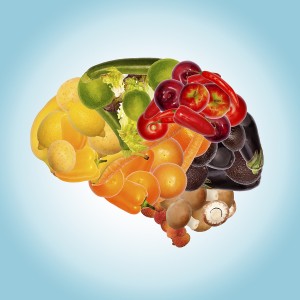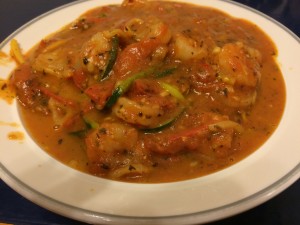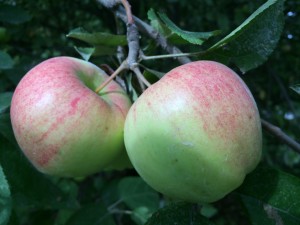 Recently, a lot of research has emerged suggesting that there is a connection between gut health and your mental health. Though this seems odd, in a way this does seem quite logical. Within our guts is an additional nervous system called the enteric nervous system that responds to hormones in the gut, and so, by association, one might think that this nervous system would connect to our central nervous system. Therefore, the health of the one nervous system might in turn affect the health of the other nervous system. This in theory is poorly understood, but much research has shown that this could be useful for treatment of mental health concerns.
Recently, a lot of research has emerged suggesting that there is a connection between gut health and your mental health. Though this seems odd, in a way this does seem quite logical. Within our guts is an additional nervous system called the enteric nervous system that responds to hormones in the gut, and so, by association, one might think that this nervous system would connect to our central nervous system. Therefore, the health of the one nervous system might in turn affect the health of the other nervous system. This in theory is poorly understood, but much research has shown that this could be useful for treatment of mental health concerns.
To begin with, some mental health concerns are due to inflammation in the brain, specifically in neurons. When neurons are inflamed, the system cannot function the way that it was meant to. Some studies have shown that an inappropriately balanced gastro-intestinal system (in regards to microorganisms) can lead to increased inflammation in the gut, which is associated with increased anxiety. By correcting the inflammation and altering the gut micro-flora, the inflammation and resultant anxiety was decreased.
Some research has also shown the influence of the specific gut microorganisms on hormones. Specifically, it has shown these the micro-organisms secrete dopamine and serotonin. These two compounds that are secreted are hormones that are related to mood and energy. I like to call them your happy hormones, though to be honest, undermining the full potential of these two hormones.
Finally, research has also shown that the appropriate gut micro flora can help to decrease the stress hormone cortisol. This could be due to several mechanisms including improved mood, therefore improved tolerance to stress.
If you are concerned that your gut health could be impacting your mental health, or that your gut could be in a healthier state, do not hesitate to consult a naturopathic doctor or seek health. The concerns you have could be very simple in origin and fixed simply if addressed sooner than later.
Have you benefitted from reading this blog? Know someone that would benefit as well? Share, Like, Comment, or Tweet this article, and let me know what you think.
Some of the information provided above may not be appropriate for everyone, please consult with your doctor before trying any of the above. If you are interested in Naturopathic Medicine and wanting a different approach to your health care needs, contact Dr. Elisha Cook ND by calling 519-537-7058 and book your appointment today!



